


xxxxxIt was in this same year, 1694, that the French botanist Joseph Pitton de Tournefort (1656-
RUDOLPH CAMERARIUS 1665 -
Acknowledgements
Camerarius: date and artist unknown. Tournefort: by the French artist Baptistin Martin (born 1819), 1848 – Academy of Sciences, Paris.
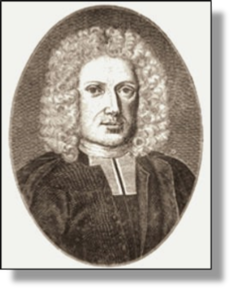
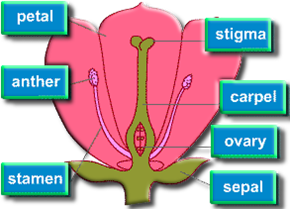 xxxxxRudolph Camerarius was born in Tübingen, Germany. As professor of natural philosophy at the city's university, he was the first botanist to establish the nature of sexual reproduction in plants. By performing experiments, he identified the male and female reproductive organs, and explained the importance of pollen in the process of fertilisation. His findings were contained in a letter to a colleague in 1694 -
xxxxxRudolph Camerarius was born in Tübingen, Germany. As professor of natural philosophy at the city's university, he was the first botanist to establish the nature of sexual reproduction in plants. By performing experiments, he identified the male and female reproductive organs, and explained the importance of pollen in the process of fertilisation. His findings were contained in a letter to a colleague in 1694 -
Including:
Joseph Pitton
de Tournefort

W3-
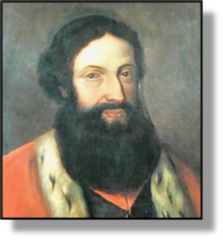 xxxxxIt was at this time too (1694 in fact) that the French botanist Joseph Pitton de Tournefort (1656-
xxxxxIt was at this time too (1694 in fact) that the French botanist Joseph Pitton de Tournefort (1656-
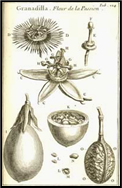 xxxxxHe was born in Aix-
xxxxxHe was born in Aix-
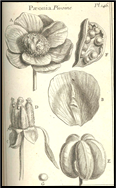 xxxxxIn 1691 Tournefort became a member of the Académie des Sciences, but, in fact, he showed some reluctance to profit from scientific advancement. It is said that, despite the nature of his research, he refused to use a microscope, and he would not accept the evidence advanced by Camerarius to support the sexuality of plants. However, on the matter of nomenclature, it was not until 1735 (G2) that, as we shall see, the Swedish botanist Carolus Linnaeus substantially improved upon his method of identifying plant life.
xxxxxIn 1691 Tournefort became a member of the Académie des Sciences, but, in fact, he showed some reluctance to profit from scientific advancement. It is said that, despite the nature of his research, he refused to use a microscope, and he would not accept the evidence advanced by Camerarius to support the sexuality of plants. However, on the matter of nomenclature, it was not until 1735 (G2) that, as we shall see, the Swedish botanist Carolus Linnaeus substantially improved upon his method of identifying plant life.


